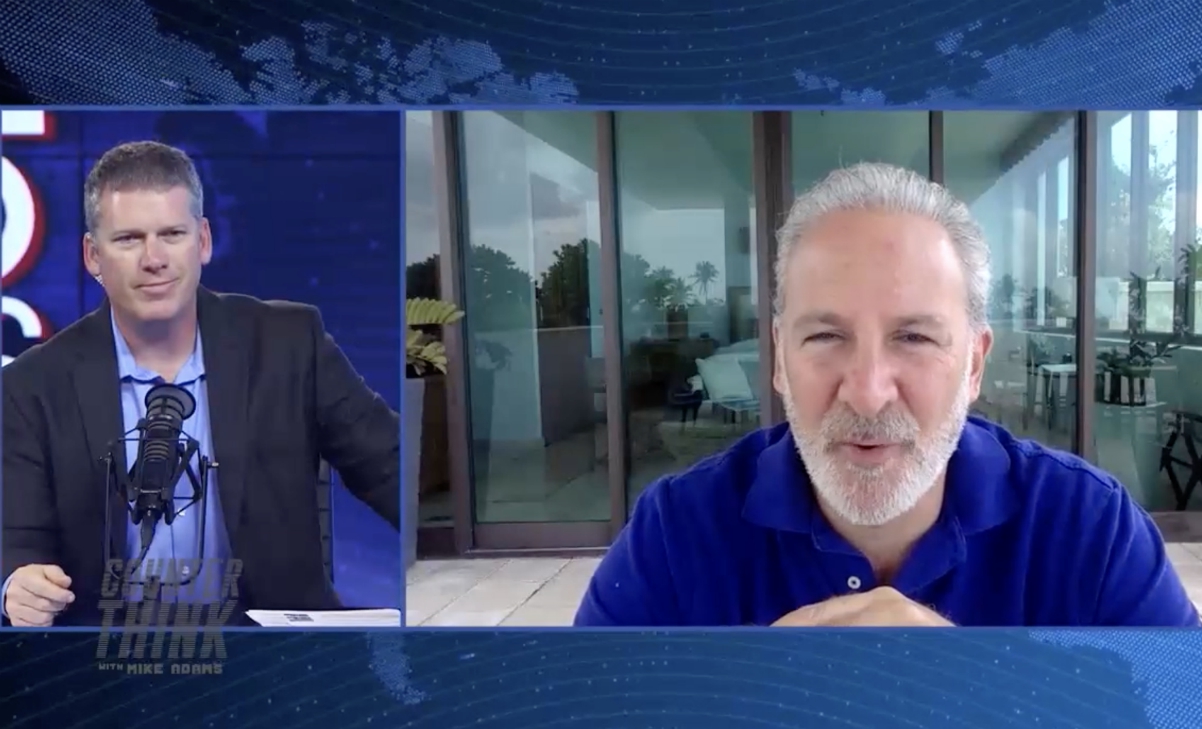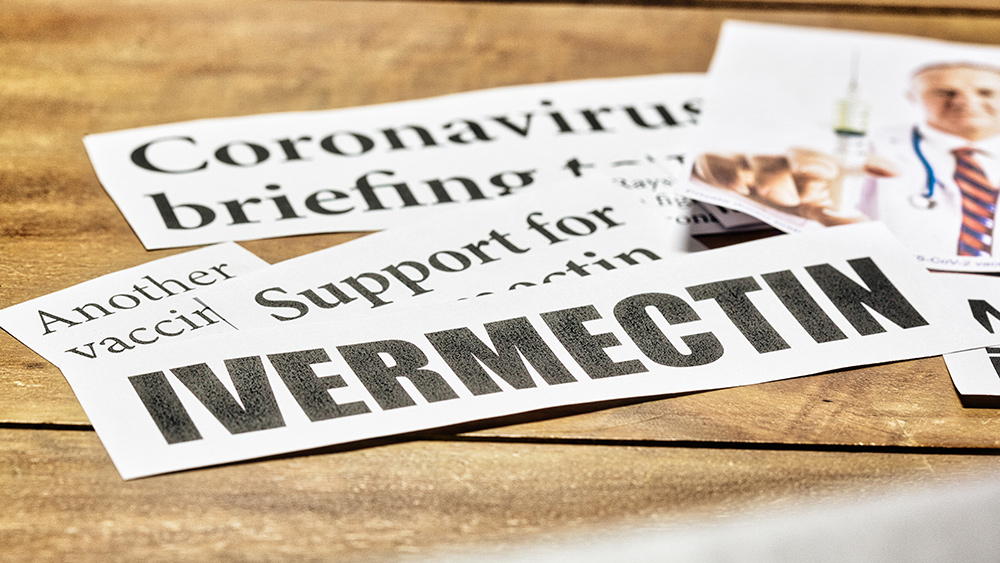
Having a sedentary lifestyle is bad for your health because it can increase your risk of chronic conditions such as obesity, diabetes and cardiovascular disease.
If you don’t exercise regularly, it’s not too late to change your habits. According to a study published in the journal JAMA Internal Medicine, exercise offers benefits beyond improving your physical health.
The study authors found compelling evidence that exercising regularly can help reduce the risk of many types of cancer.
The review supports physical activity as a means of cancer prevention, with experts suggesting that exercise can be used to help manage cancer treatment-associated symptoms and side effects.
Cancer prevention through regular exercise and body weight regulation
To understand the link between regular exercise and cancer prevention, researchers analyzed the underlying mechanisms that contribute to this relationship.
One key mechanism involves the regulation of body weight and, specifically, body fat. Regular exercise can help you maintain a healthy body weight and lowers your risk of developing excess body fat.
In the JAMA study, Steven C. Moore of the National Cancer Institute and other researchers gathered data from 12 U.S. and European cohorts who self-reported their physical activity from 1987 to 2004. The research team then studied the link between physical activity and the incidence of 26 kinds of cancer.
The study, which included 1.4 million participants, reported 186,932 cancer cases during a median of 11 years of follow-up.
The researchers found that high levels of physical activity among the participants were associated with lower risks of 13 out of 26 cancers, namely:
- Esophageal adenocarcinoma (42 percent lower risk)
- Liver cancer (27 percent lower risk)
- Lung cancer (26 percent lower risk)
- Kidney cancer (23 percent lower risk)
- Gastric cancer (22 percent lower risk)
- Endometrial cancer (21 percent lower risk)
- Myeloid leukemia (20 percent lower risk)
- Myeloma (17 percent lower risk)
- Colon cancer (16 percent lower risk)
- Head and neck cancer (15 percent lower risk)
- Rectal cancer (13 percent lower risk)
- Bladder cancer (13 percent lower risk)
- Breast cancer (10 percent lower risk)
Most of the associations remained regardless of a person's body size or smoking history.
The research team reported that overall, a higher level of physical activity is associated with a seven percent lower risk of total cancer. (Related: Positive lifestyle changes can help reduce cancer risk and boost the overall health of cancer survivors.)
Regularly engaging in physical activities like walking, jogging, cycling or some forms of resistance training, such as weight lifting or bodyweight exercises, can help lower your cancer risk.
How exercise affects hormone levels and immunity
Exercise is important for cancer prevention because it influences hormone levels, another crucial factor in cancer development.
Studies have found that physical activity can decrease circulating levels of estrogen. Excess estrogen has been linked to a greater risk of breast and endometrial cancers.
Physical activity can also help improve insulin sensitivity by reducing insulin and insulin-like growth factor levels, which are known to promote the growth of certain cancer cells.
Additionally, regular exercise can boost your immune system’s ability to detect and destroy cancer cells. Exercise boosts the production and activity of immune cells, including natural killer cells, which have a crucial role in recognizing and eliminating cancer cells in the body.
Exercise helps strengthen your immune response and supports your body’s natural defense against cancer.
Inflammation, oxidative stress and issues linked to cancer treatments
Exercise can also reduce systemic inflammation and oxidative stress, two factors that have been linked to cancer development.
Research suggests that regular exercise, when done correctly, may help reduce chronic inflammation and improve your body's antioxidant defense, which then protects your cells and DNA from oxidative damage that's often linked to the progression of cancer.
Aside from reducing cancer risk, regular exercise can also complement traditional cancer treatments. According to studies, exercise can help enhance the efficacy of certain approved anticancer therapies such as immunotherapy, radiotherapy and targeted therapy.
Exercise can also help alleviate some of the common symptoms of cancer and side effects linked to cancer treatments, such as:
- Cancer cachexia (muscle wasting)
- Cognitive impairment
- Depression
- Fatigue
Exercising to reduce cancer risk
To get started on your cancer-prevention fitness journey, learn about the basic exercise guidelines.
The American College of Sports Medicine recommends the following:
- Exercise at a moderate intensity three to five times weekly.
- Warm up for five to 10 minutes before engaging in aerobic activity.
- Maintain your exercise intensity for at least 30 to 45 minutes.
- Gradually decrease the intensity of your workout. Stretch to cool down during the last five to 10 minutes of your routine.
- Aim for at least 20 to 60 minutes of aerobic exercise each time you exercise.
Your target heart rate
To enjoy significant benefits from your physical activity, you must maintain a level of intensity. You can monitor physical activity intensity by finding out if your heart rate or pulse is within the target heart rate zone during physical activity.
For moderate-intensity physical activity, your target heart rate zone should be about 50 to 75 percent of your maximum heart rate.
Follow these steps to determine your target heart rate zone:
- An estimate of your maximum age-related heart rate can be calculated by subtracting your age from 220. For example, if you are 55, your estimated maximum age-related heart rate would be calculated as 220 - 55 years = 165 beats per minute (bpm).
- Multiply the maximum age-related heart rate by 0.50 to determine the 50 percent level. Using the example above, 165 beats per minute x 0.50 = 83 bpm.
- Multiply the maximum age-related heart rate by 0.75 to determine the 75 percent level. For example, 165 beats per minute x 0.75 = 124 bpm.
According to the example, moderate-intensity physical activity for a 55-year-old person will require that their heart rate remains between 83 and 124 bpm while exercising.
While exercising, stop to check your pulse occasionally to determine if you are exercising within your target heart rate zone.
Use your first and second fingertips to check your pulse by pressing lightly over the carotid artery located in your neck, just to the left or right of your Adam's apple. Alternatively, you can check your radial pulse by pressing on the artery inside your wrist, just below the base of the thumb.
Count your pulse or heartbeats for a full 60 seconds, or for 30 seconds then multiply by two, or for 10 seconds then multiply by six.
The target heart rate zone is a guideline. Check with your physician if you have questions about your heart rate or if you are starting a new exercise program.
Aerobic exercise for a healthy lifestyle
Here are some examples of aerobic exercises that you can try:
- Bicycling
- Jogging
- Rollerblading
- Swimming
- Walking
Try to add strength training or lifting weights to your workout plan at least several times a week. This will help improve your strength and muscle tone, and increase your metabolism, allowing you to burn more calories while at rest.
Aside from trying to find time for structured exercise, you should also try to incorporate more physical activities into your daily routine.
How to get exercise in your daily life
These everyday activities also burn calories:
- Gardening
- Golfing
- Mowing the lawn using a push mower
- Scrubbing your floors and bathtub
- Vacuuming
- Washing your car by hand
Instead of driving to work or the grocery store, walk or bike whenever possible. If that isn't an option, park your car far away from the front door of the office or the store to get some steps in.
Improve your lifestyle habits and exercise regularly. Committing to your workout routine can help you maintain a healthy weight and protect against certain kinds of cancer.
Watch the video below to know more about the health benefits of cycling and how it can help you lose weight.
This video is from the digitprostor channel on Brighteon.com.
More related stories:
Cancer prevention tips: 5 Natural ways to reduce your breast cancer risk.
Studies show antioxidant-rich foods can help reduce risk of skin cancer.
Study: 5 Hours of exercise a week can help prevent 46,000 cancer cases in the US yearly.
Sources include:
Please contact us for more information.




















